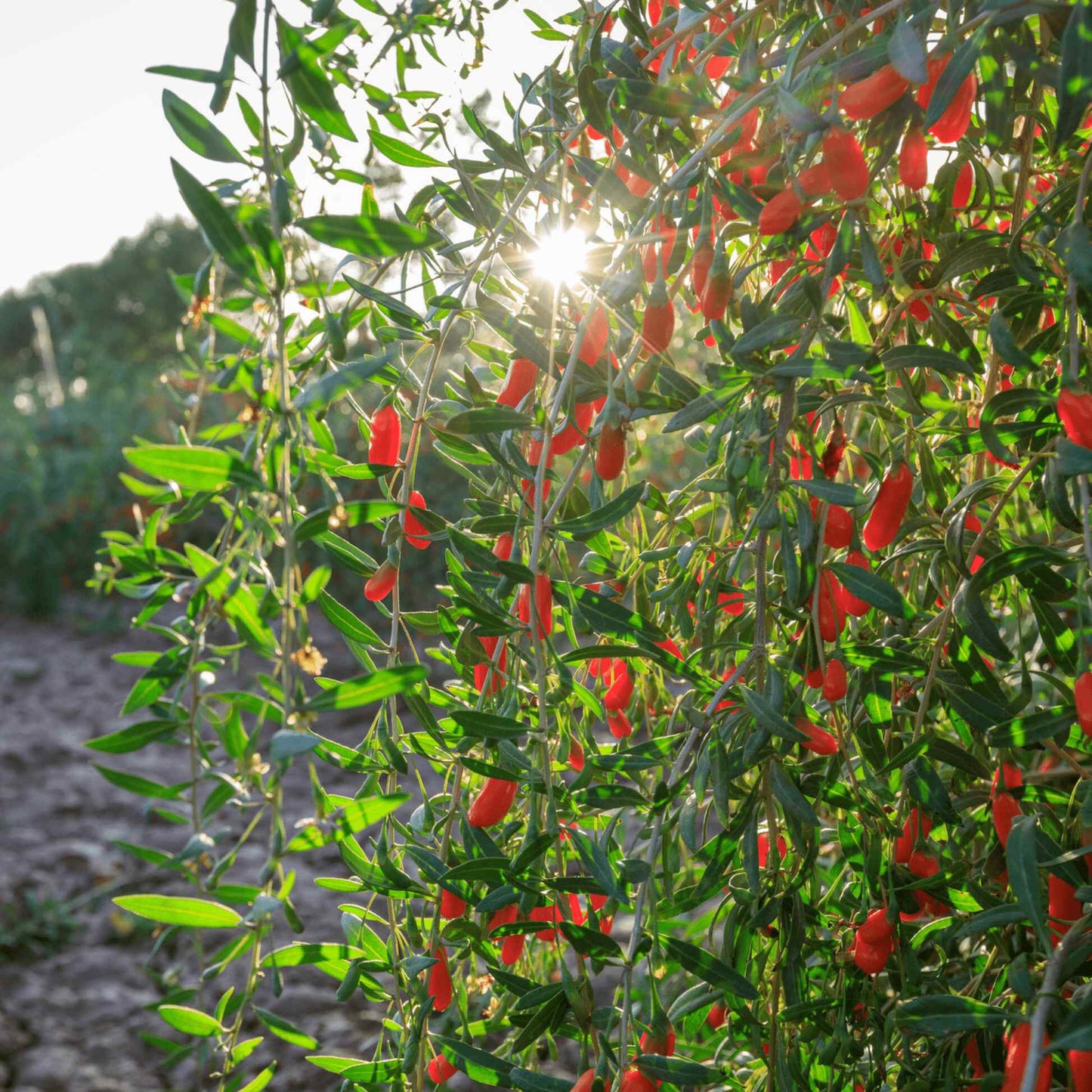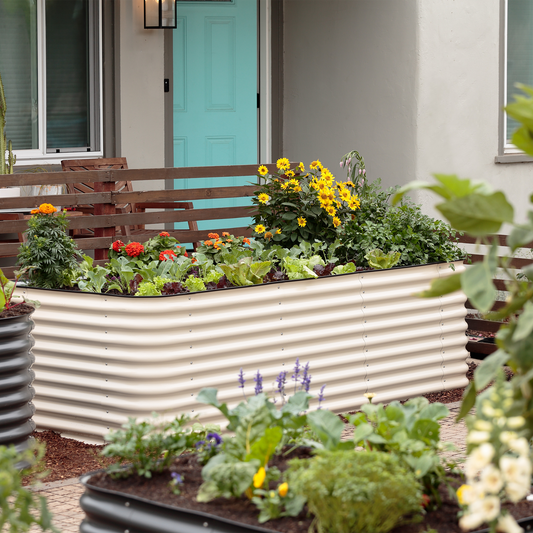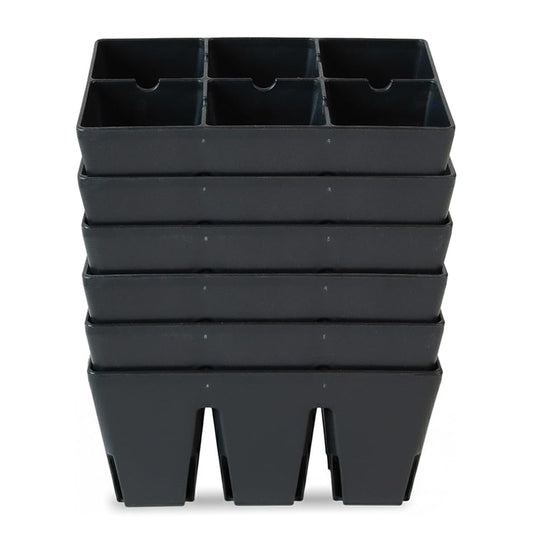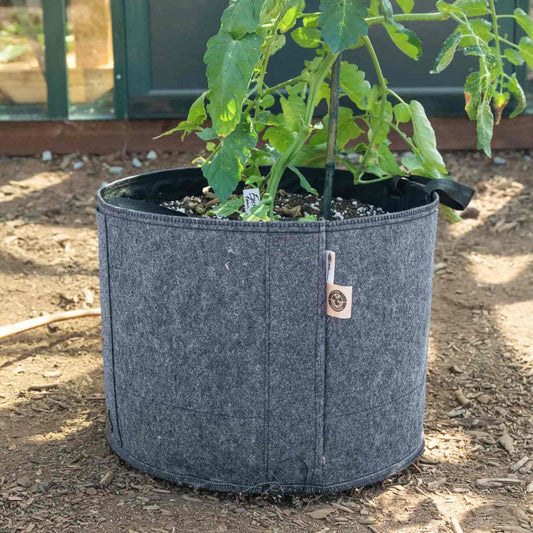

Goji Berry
View More Planting Info
Wear gloves when planting Goji berries, as they have thorns along the stems, and plant in soil that is well-draining and on the sandy side. They prefer a more alkaline soil with a pH between 7.0 and 8.2. Choose a position that has shade for part of the day but at least 6-8 hours of sun a day. Allow for space of the plant's mature size, 6 feet wide. Dig a hole twice the width of the root ball and just as deep. Spread out the roots and backfill the soil as you plant, pressing the earth down to prevent air pockets. Water the plant well to get it settled, then add a layer of organic mulch over the soil, making sure to keep away from the stem of the plant.
Climate:
Goji berries can tolerate a very wide range of temperatures, but produce best in USDA zones 5-9. In zone 10+, provide afternoon shade. They don’t perform well in high humidity.
Watering:
They produce better fruit when it’s hot and dry. Water only to establish the plants, and thereafter they will do with just rainfall.
Fertilizing:
Give them a boost at planting stage, but after that, only fertilize once a year in spring. Overfertilizing will weaken the new growth.
- Product Info
- Care and Maintenance
- Planting Care
- Growing Zone
Product Info
Mature Height: 8-10 ft.
Mature Width: 4-6 ft.
Sunlight: Full-Part Sun
Growth Rate: Moderate
Does Not Ship To: AZ, OR
Care and Maintenance
Watering: Goji berries don't like soggy soil, so well-draining soil is a must. These prefer to be a bit on the dry side rather than overwatered, and they can struggle in high humidity. Slow, deep watering via drip irrigation is ideal.
Fertilizing: Feed Goji berries at the start of the season with a balanced organic fertilizer. Add a layer of compost and water it in. Avoid overfertilizing, as this can lead to excessively long, spindly growth.
Pruning: Goji berries should be pruned once per year. This pruning should happen at the end of winter or the beginning of spring just before bud break to identify winter-killed branches to be removed. Prune off dead or damaged branches and trim the remaining wood to fit your available space. As goji fruits on the prior year's growth, be sure to leave some of last year's wood with new visible buds intact for fruit production.
Pests and Diseases: Goji berries are relatively disease-resistant but can suffer from powdery mildew. Birds and squirrels will eat the fruit. Cover with bird netting to save the crop from attack.
Pollination: Goji berries are self-pollinating and don’t require more than one plant to set fruit.
Harvesting: Harvesting occurs from July through October as each fruit turns vibrantly red. Careful harvesting is required to prevent bruising of the fruit. Wear gloves to protect your hands from the thorny stems, and twist the fruits off gently. Goji berries can be refrigerated for up to a week but are more often dried for storage.
Recovery Time: Transitioning from our nursery to your home can be a bit of a shock to your plant. A short acclimation period helps it recover and reduces stress.
Climate Adjustment: Every environment is unique. Giving your plant time to adjust to the local climate, humidity, and light conditions in a shady spot will set it up for better growth and health.
How to Acclimate Your Plant: Keep the plant in its container and place it in a shady, sheltered area away from high winds. Ensure it's watered adequately – the soil should be moist but not waterlogged. Monitor the plant for any signs of distress and allow it to adjust for a few days before planting. After a few days of acclimation, your plant will be better prepared to thrive in its new home for years to come.
Planting Care
Climate: Goji berries can tolerate a very wide range of temperatures, but produce best in USDA zones 5-9. In zone 10+, provide afternoon shade. They don’t perform well in high humidity.
Watering: They produce better fruit when it’s hot and dry. Water only to establish the plants, and thereafter they will do with just rainfall.
Fertilizer: Give them a boost at planting stage, but after that, only fertilize once a year in spring. Overfertilizing will weaken the new growth.
Growing Zone
Growing Zone 5-9

Fruit Trees & Bushes Delivered to Your Doorstep
Unpack, Plant and Grow!











